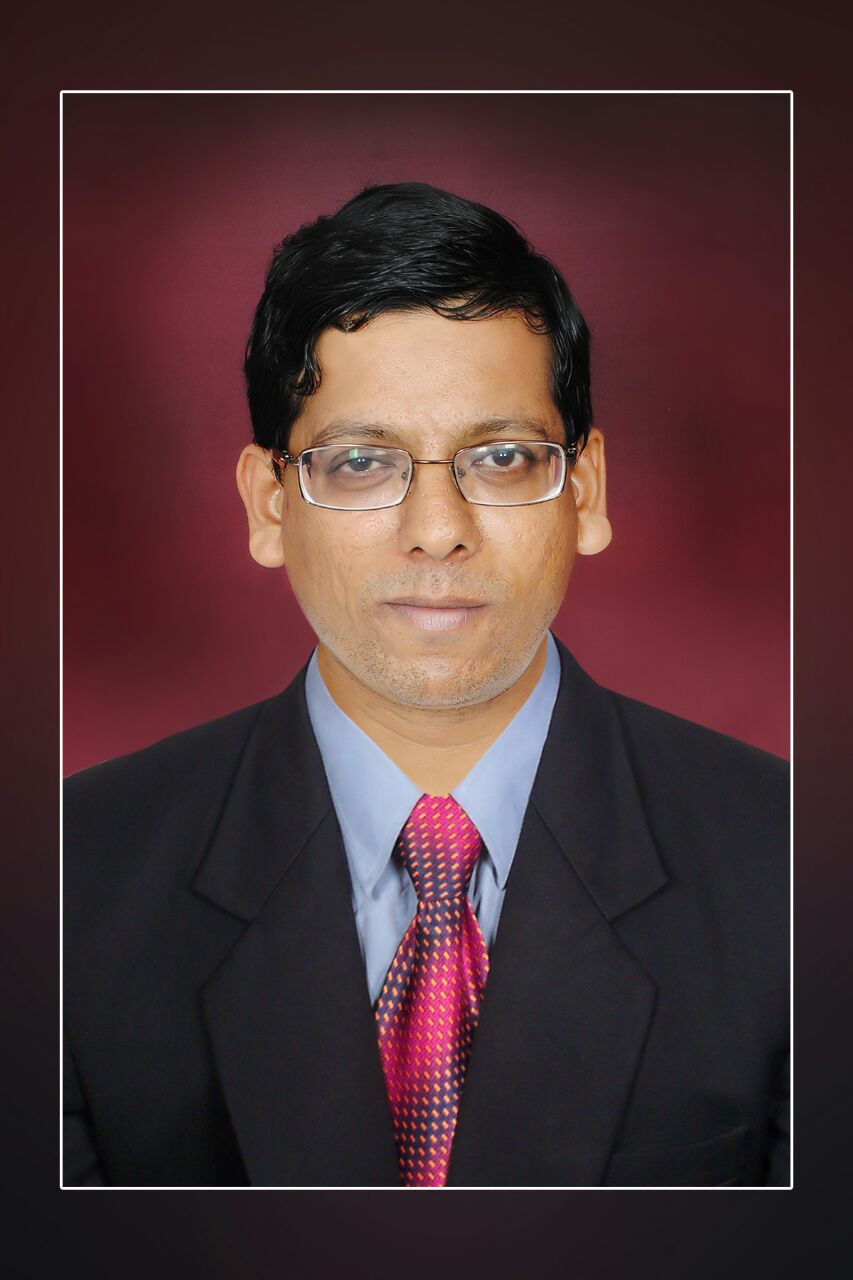Whether it be the absence of a fixed paycheck, insurance coverage, or a retirement-specific Provident Fund (PF), being self-employed comes with its own set of financial risks. Self-employment requires an individual to be financially prepared for all possibilities. Setting up an emergency fund is ideal preparation for facing those possibilities.
The factors that decide the size of your emergency fund
Although emergency funds should be mandatory for everyone, it is an absolute necessity for those with irregular cash flows. The size of an emergency fund ideally depends on the volatility of one’s cash flow, the number of earning members in the family, the probability of income for a month, etc. Other than the usual expenses such as rent, food, education, and medical, one should also take into account the annual expenses and divide them monthly. Hence, an emergency fund that lasts at least 12 months would be better for self-employed individuals.
Where should you invest in creating an emergency fund?
Multiple financial instruments can help you set up an emergency fund.
- Simple Fixed deposits, a savings account with a Flexi-sweep deposit, and a combination of FDs and debt funds for better tax returns are just some of the available options.
- Additionally, a self-employed individual must invest in health insurance with a cover of at least Rs 15-20 Lakh. For those who already have health insurance, increasing the coverage might be worth the effort. A single instance of hospitalisation can wipe off your entire savings, which is why having health insurance must be a priority.
- Invest in term insurance. In case the prime earner of the family is no more, there’s capital to fall back on. Ideally, one should invest in term insurance with coverage 10-20 times more than annual income.
- Start a National Pension Scheme (NPS) account and invest lumpsum amounts. This would make up for the lack of a Public Provident Fund (PPF) scheme which is only applicable to salaried people.
How do you invest irregular income?
Whenever you have a surplus income, invest it in lumpsum in debt funds. Then, with the help of Systematic Transfer Plans (STP), transfer the amount monthly to equity funds. The creation of regularity will create an inflow of capital for your financial goals.
Conclusion
If you’re self-employed, a well-planned and thought-out emergency fund is a must. It helps you take care of unexpected financial blows, eliminates debts, helps you earn interest on the capital invested, and not spend the lump sum all at once.
For any clarifications/feedback on the topic, please contact the writer at cleyon.dsouza@clear.in

I write to make complicated financial topics, simple. Writing is my passion and I believe if you find the right words, it’s simple.





